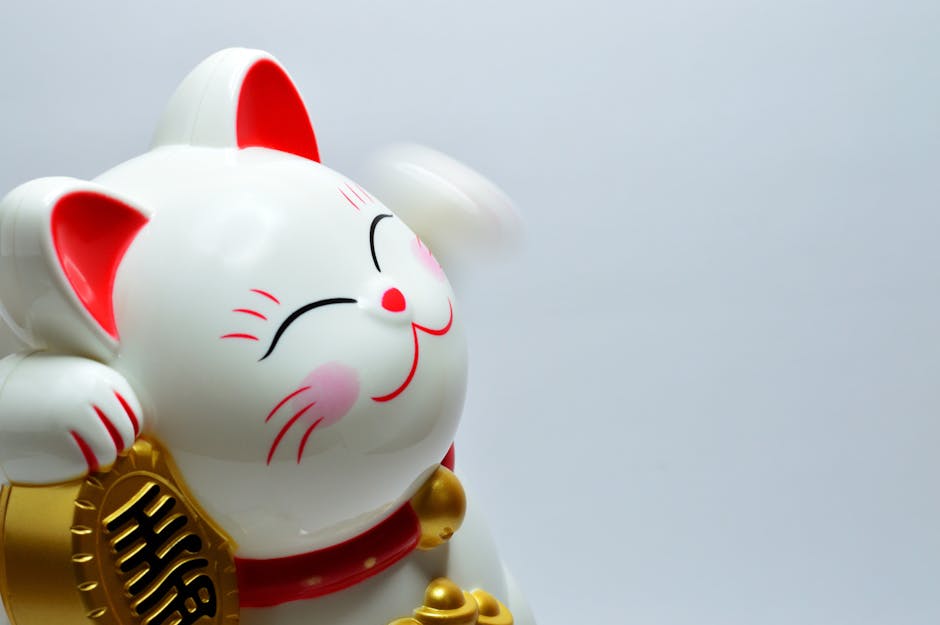Unveiling the Japanese Pink Salt Trick: Benefits, Uses, and Myths Debunked
What is the Japanese Pink Salt Trick?
The term “Japanese Pink Salt Trick” isn’t a universally recognized or officially defined term in the culinary or wellness world. It’s more of a colloquialism, often referring to the various purported benefits and uses of Himalayan pink salt, particularly its use in beauty treatments and health remedies, often associated with Japanese wellness practices. It’s important to distinguish that true Japanese sea salt, while pink in some varieties due to mineral content, doesn’t typically have the same associated “tricks” or claims as Himalayan pink salt.

This article explores the commonly discussed applications of pink salt (primarily Himalayan pink salt), clarifying the facts from the fiction surrounding its supposed benefits. We’ll examine the scientific evidence, explore practical applications, and debunk common myths associated with the “Japanese Pink Salt Trick.”
The Allure of Himalayan Pink Salt
Himalayan pink salt has gained immense popularity due to its purported health benefits and attractive pink hue. This color comes from its rich mineral content, including iron, magnesium, calcium, and potassium. Proponents claim that these minerals make it superior to regular table salt, offering a range of benefits beyond just adding flavor to food.
However, it’s crucial to approach such claims with a critical eye. While Himalayan pink salt does contain trace minerals, the quantities are often minimal and may not significantly impact health compared to a balanced diet. The claim that these trace minerals provide significant health benefits lacks robust scientific evidence in many cases.
Popular “Japanese Pink Salt Trick” Applications
1. Detoxification and Cleansing:
One common claim is that pink salt can aid in detoxification. This often involves using pink salt baths, believing the minerals can draw out toxins from the body through the skin. While a warm bath can be relaxing and beneficial for muscle soreness, there’s no scientific evidence to support the claim that pink salt significantly enhances detoxification compared to a regular bath.
2. Skin Care:
Pink salt is sometimes used as a natural exfoliant in face scrubs or body scrubs. Its coarse texture can help remove dead skin cells, leaving the skin feeling smoother. However, it’s important to use it gently to avoid irritation. For sensitive skin, other gentler exfoliants might be more suitable.

Some also advocate for pink salt as a remedy for acne or other skin conditions. Again, while a salt-based scrub might temporarily improve skin texture, there’s a lack of conclusive scientific evidence to support its efficacy in treating specific skin conditions. It’s always recommended to consult a dermatologist for skin problems.
3. Culinary Uses:
The most straightforward use of pink salt is in cooking. Its slightly coarser texture and subtle mineral flavor can add a unique touch to dishes. However, it’s essential to remember that it’s still primarily sodium chloride, and excessive consumption can have negative health implications, just like regular table salt.
4. Oral Hygiene:
Some individuals use pink salt as a mouthwash, believing it can improve oral health. While it might have some mild antiseptic properties, this isn’t a substitute for proper dental hygiene, including brushing and flossing regularly. Excessive use of salt in the mouth can even be detrimental to oral health.
Debunking the Myths
Many claims associated with the “Japanese Pink Salt Trick” lack scientific backing. It’s crucial to differentiate between anecdotal evidence and scientifically proven facts. Here are some common myths to debunk:
- Myth 1: Himalayan pink salt is significantly healthier than regular table salt. While containing trace minerals, the difference in nutritional value is negligible, especially when considering a balanced diet. Both types of salt are high in sodium, and excessive consumption is detrimental to health.
- Myth 2: Pink salt baths significantly detoxify the body. The body has its own efficient detoxification systems, and there’s no evidence that pink salt enhances this process substantially.
- Myth 3: Pink salt cures acne or other skin conditions. While it may have some temporary exfoliating effects, it’s not a proven treatment for skin conditions. Consult a dermatologist for effective treatments.
- Myth 4: Pink salt is a miracle cure-all. There’s no credible scientific evidence supporting the claim that pink salt has magical healing properties.
Conclusion: A Balanced Perspective
The “Japanese Pink Salt Trick” is essentially a collection of claims surrounding the purported benefits of Himalayan pink salt. While pink salt can be used in various ways, from cooking to skincare, it’s important to approach these applications with a realistic and critical perspective. Its purported “miracle” properties are often overstated and lack substantial scientific evidence.

Use pink salt responsibly. Enjoy its unique flavor in cooking, and use it sparingly in skincare routines if you wish, but always prioritize a balanced diet, proper hygiene, and professional medical advice when dealing with health concerns. Don’t rely on pink salt as a cure-all or miracle remedy. Its value lies primarily in its subtle flavor enhancement and, to a limited extent, its exfoliating properties. However, remember moderation is key, especially considering its sodium content.
Further research is needed to definitively establish the extent of any health benefits beyond its basic nutritional components. Always consult a healthcare professional or registered dietitian for personalized advice on diet and health matters. Don’t fall prey to unsubstantiated claims or miracle cures. A holistic approach to health and well-being, grounded in scientific evidence, is always the best strategy.
Alternative Natural Salts and Their Uses
Exploring different types of natural salts can add variety and potential benefits to your routine. Consider these alternatives:
- Celtic Sea Salt: Known for its slightly moist texture and unique mineral content, this salt is often preferred by some for culinary purposes.
- Fleur de Sel: This delicate sea salt is hand-harvested and often prized for its subtle flavor and use in finishing dishes.
- Black Salt (Kala Namak): This sulfur-rich salt has a distinctive eggy flavor and is often used in Indian cuisine.
Remember to always check the sodium content and choose salt types according to your individual needs and dietary preferences. Always consult a healthcare professional for personalized dietary advice.







